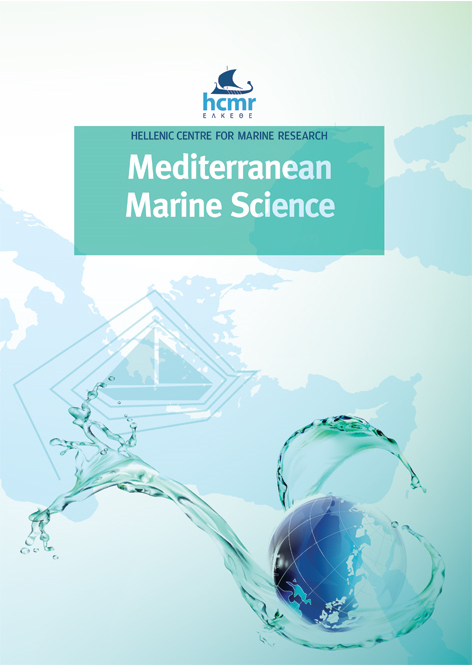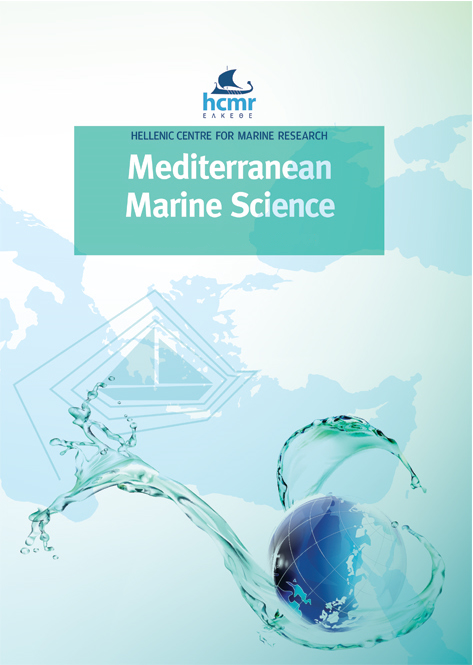Benthic foraminifera and brachiopods from a marine cave in Spain: environmental significance

Abstract
Sediment samples from a marine cave in the Murcia region (eastern Spain) were analysed for grain size, total benthic foraminifera
and dead brachiopoda to obtain environmental information through physical and ecological data in order to understand
the benthic communities of cave environments and their ecological significance. A total of 100 foraminiferal and 7 brachiopod
species were classified, highlighting the first occurrence in the western Mediterranean of Gwynia capsula (Jeffreys, 1859). Statistical analysis applied to foraminiferal data allowed the identification of three assemblages characterised by decreasing species diversity along the cave. This corresponded to a similar separation recognisable through changes in brachiopod species abundance and well-correlated with cave morphology. The relative abundance of epifaunal clinging-attached foraminifera as well as the rate of cave and sciaphilic/coralligenous Brachiopoda, thought to be representative of the degree of separation from marine conditions,
were found to be highly correlated, increasing towards the inner cave. Our hypothesis was that despite the different lifestyles of
these two groups, the strict correlation of environmental factors (i.e. light, nutrients, sediment texture, water parameters) changing
along the length of the cave determines a comprehensive environmental gradient, causing an increase in environmental stress that has similar effects on the different taxonomic groups.
Article Details
- How to Cite
-
BERGAMIN, L., TADDEI RUGGIERO, E., PIERFRANCESCHI, G., ANDRES, B., CONSTANTINO, R., CROVATO, C., D’AMBROSI, A., MARASSICH, A., & ROMANO, E. (2020). Benthic foraminifera and brachiopods from a marine cave in Spain: environmental significance. Mediterranean Marine Science, 21(3), 506–518. https://doi.org/10.12681/mms.23482
- Issue
- Vol. 21 No. 3 (2020)
- Section
- Research Article
Authors who publish with this journal agree to the following terms:
- Authors retain copyright and grant the journal right of first publication with the work simultaneously licensed under a Creative Commons Attribution Non-Commercial License that allows others to share the work with an acknowledgement of the work's authorship and initial publication in this journal.
- Authors are able to enter into separate, additional contractual arrangements for the non-exclusive distribution of the journal's published version of the work (e.g. post it to an institutional repository or publish it in a book), with an acknowledgement of its initial publication in this journal.
- Authors are permitted and encouraged to post their work online (preferably in institutional repositories or on their website) prior to and during the submission process, as it can lead to productive exchanges, as well as earlier and greater citation of published work (See The Effect of Open Access).





